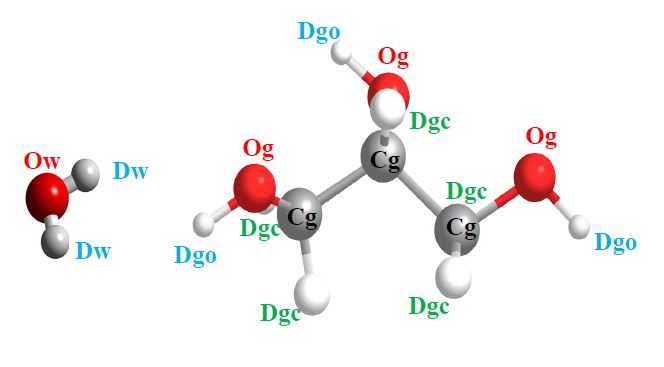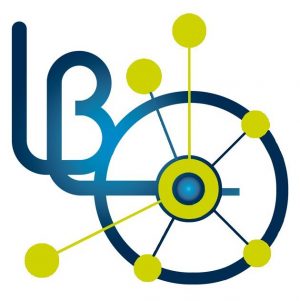Christiane Alba-Simionesco , Patrick Judeinstein , Stéphane Longeville, Oriana Osta , Florence Porcher , Frédéric Caupin , and Gilles Tarjus, PNAS 119(12) (2022) e2112248119.
The proneness of water to crystallize is a major obstacle to understanding its putative exotic behavior in the supercooled state. It also represents a strong practical limitation to cryopreservation of biological systems. Adding some concentration of glycerol, which has a cryoprotective effect preventing, to some degree, water crystallization, has been proposed as a possible way out, provided the concentration is small enough for water to retain some of its bulk character and/or for limiting the damage caused by glycerol on living organisms. Contrary to previous expectations, we show that, in the “marginal” glycerol molar concentration ≈ 18%, at which vitrification is possible with no crystallization on rapid cooling, water crystallizes upon isothermal annealing even below the calorimetric glass transition of the solution. Through a time-resolved polarized neutron scattering investigation, we extract key parameters, size and shape of the ice crystallites, fraction of water that crystallizes, and crystallization time, which are important for cryoprotection, as a function of the annealing temperature. We also characterize the nature of the out-of-equilibrium liquid phases that are present at low temperature, providing more arguments against the presence of an isocompositional liquid–liquid transition. Finally, we propose a rule of thumb to estimate the lower temperature limit belowwhich water crystallization does not occur in aqueous solutions.





